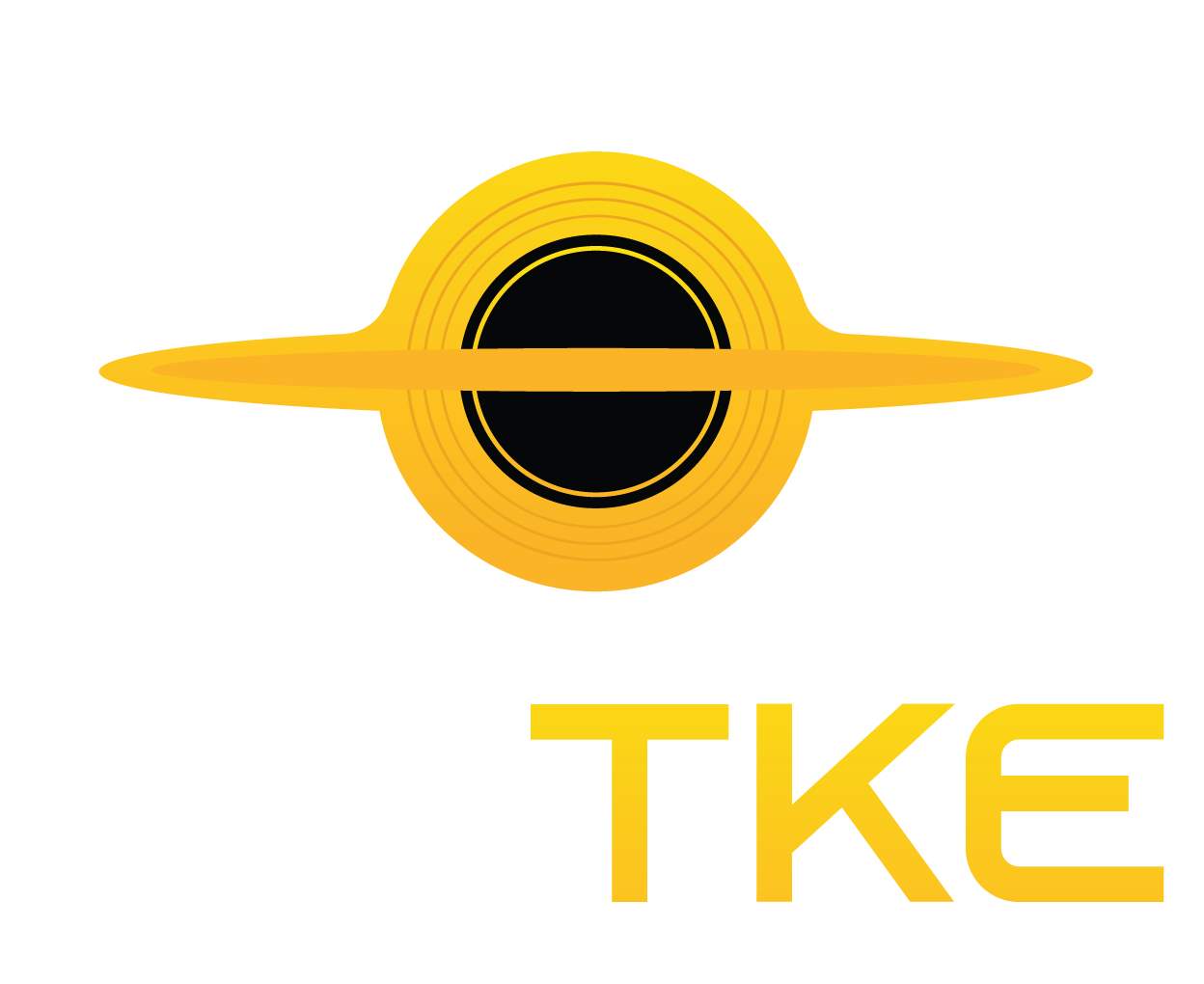Study Finds Jupiter’s Volcanic Moon Io Is Not Powered by a Global Magma Ocean

Io, one of Jupiter’s moons, holds the title of the most volcanically active body in the Solar System, boasting around 400 volcanoes and vast lava flows across its surface. However, contrary to earlier theories, a recent study suggests that this volcanic activity is not driven by a global magma ocean beneath its crust.
New Study Reveals Volcanic Activity Driven by Scattered Magma Chambers
Using data from NASA’s Juno spacecraft, combined with gravitational measurements and historical information about Io’s tidal deformations, an international research team has concluded that the moon’s volcanoes are fueled by scattered magma chambers within a largely solid mantle.
This discovery challenges prior assumptions that a massive, moonwide magma ocean was responsible for Io’s volcanism. Instead, it suggests a mostly solid interior, reshaping our understanding of how volcanic activity occurs. Since magma oceans are believed to have played a role in the early development of many celestial bodies, including Earth’s Moon, the findings could also prompt a reevaluation of planetary formation and evolution theories.

Galileo first observed Io in 1610, but Linda Morabito, a scientist at NASA’s Jet Propulsion Laboratory (JPL), confirmed its volcanic nature in 1979 when she identified a volcanic plume in images taken by Voyager 1.
Understanding Io’s Volcanic Sources
Since the discovery by Morabito, planetary scientists have been curious about how the lava beneath Io’s surface feeds its volcanoes, explains Scott Bolton, a space physicist from the Southwest Research Institute in San Antonio. Was there a shallow ocean of molten magma beneath the surface, or were the sources of the eruptions more localized? With Juno’s close flybys, we finally have data that offers insight into how this fiery moon operates.
Io completes an orbit around Jupiter every 42.5 hours, experiencing massive gravitational forces that reshape the moon through tidal flexing. This phenomenon generates immense internal heat.
However, the tidal deformations revealed in the study are not significant enough to support the existence of a global magma ocean, particularly near the surface. Earlier research suggests such a feature would produce a much larger gravitational signature.
This constant tidal flexing generates extraordinary energy, enough to melt parts of Io’s interior, Bolton notes. But if a global magma ocean existed, its tidal deformation would be far greater than what we’ve observed in a largely solid structure.
Eruptions and Lava Flows
Io’s eruptions can produce lava flows that stretch hundreds of kilometers, and its surface—described as resembling a pizza—features vibrant patches of silicates and sulfur dioxide from continuous volcanic activity. This dynamic, mountainous moon is in a constant state of transformation.
Beyond offering a closer look at Io, the research provides valuable insights into the impact of tidal flexing on the interiors of moons and planets. These findings could influence future investigations of celestial bodies, including Saturn’s moons Enceladus and Europa, as well as exoplanets and super-Earths.
This study enhances our understanding of tidal flexing and its effects on planetary interiors, says Ryan Park, an astronautical engineer at NASA’s Jet Propulsion Laboratory. The implications extend to moons and planets beyond our Solar System, giving us a broader perspective for future explorations.
Read the original article on: Science Alert
Read more: Juno Flyby Io Illuminated by Jupiter’s Reflected Sunlight










